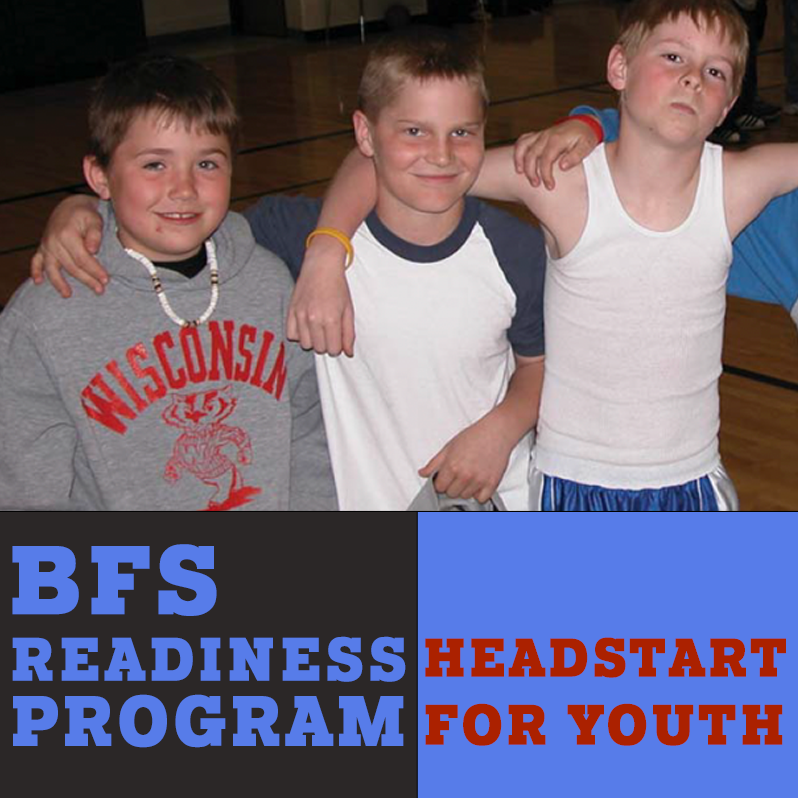Getting Young Athletes Ready to Win!

The BFS Readiness Program is intended for those who are not yet ready to engage in weight training programs performed by more physically mature athletes. The focus is on developing perfect technique in all the basic components of athletic fitness, giving these athletes a head start when they graduate to the BFS Total Program. That's the Readiness Program in a nutshell - now let's take a closer look as to why we believe this program is so important.
In a study published in the September 2009 issue of Pediatrics, researchers reported that injuries in physical education classes increased by 150 percent from 1977 to 2007. In athletics, an estimated 70 percent of children quit organized sports by the age of 13. There are many reasons for these troubling trends in physical and athletic fitness, one being that many of our youth are not adequately prepared for vigorous physical activ-ity. This is where the BFS Readiness Program can help.
The preponderance of research in strength and conditioning shows that weight training is the single best way to improve an athlete's speed, strength, body composition and muscular endur-ance. Besides improving performance, athletes who are physically fit are less likely to get injured and if they do get injured, recover faster.
Weight training is a key aspect of the BFS Readiness program, but it is performed with light weights as its purpose is to teach athletes perfect technique. That way, when they are physically mature enough to lift heavy weights, they can do so safely. There is a concern that lifting weights at a young age is associated with a high risk of injury. However, research shows that even competition weightlifting movements such as the snatch and the clean and jerk can safely be performed by middle school athletes.
The challenge is that athletes mature at different rates. Thus, in a group of 13-year-old boys, you could have some boys with the physical maturity of an 11-year-old and some with the physical maturity of a 15-year old. In fact, at the 2014 Senior National Weightlifting Championships, a 14-year-old CJ Cummings broke the senior American record in the clean and jerk, lifting 357 pounds at a bodyweight of just 136 pounds.
With that background, here are the fundamental components of BFS Readiness Program:
The entire workout takes only 45 minutes and is performed two times per week. Here is how BFS describes the program in their book, Bigger Faster Stronger (Human Kinetics, 2009): "A maximum of five athletes should use one barbell, allowing one to lift, three to spot, and one to get ready. The athletes should rotate in order. If the program is part of a physical education class, the class could be divided into three groups, with the groups rotating every 15 minutes. For example, group 1 does core lifts, group 2 does auxiliary lifts, and group 3 does agility and running skills."
Graduation from the BFS Readiness program is based upon performance standards that BFS has established for both boys and girls. The lifts tested are the squat, bench press, and the hang clean (a variation of the power clean). These lifts were chosen because they are basic core lifts that BFS believes should be used throughout an athlete's career.
The BFS Readiness program is a quick, easy-to-administer workout. With nearly four decades of enthusiastic results, BFS is convinced that this is the optimal workout program to give young people a head start on a lifetime of safe physical and athletic performance.
Article Links:
